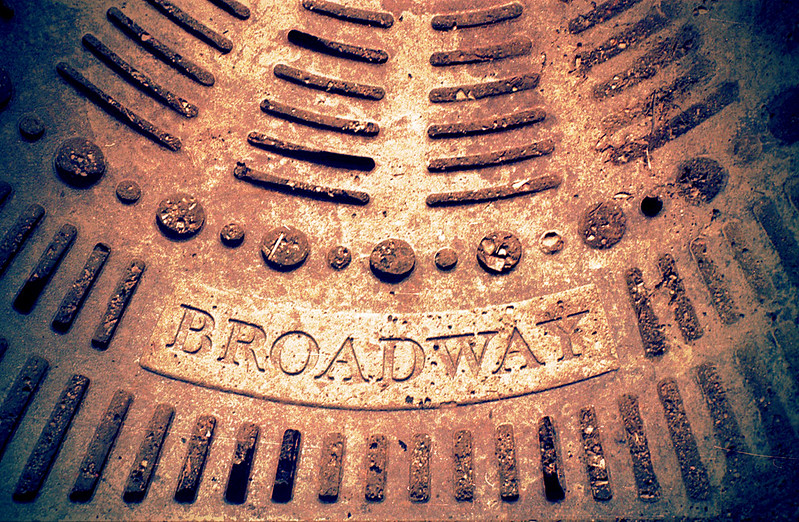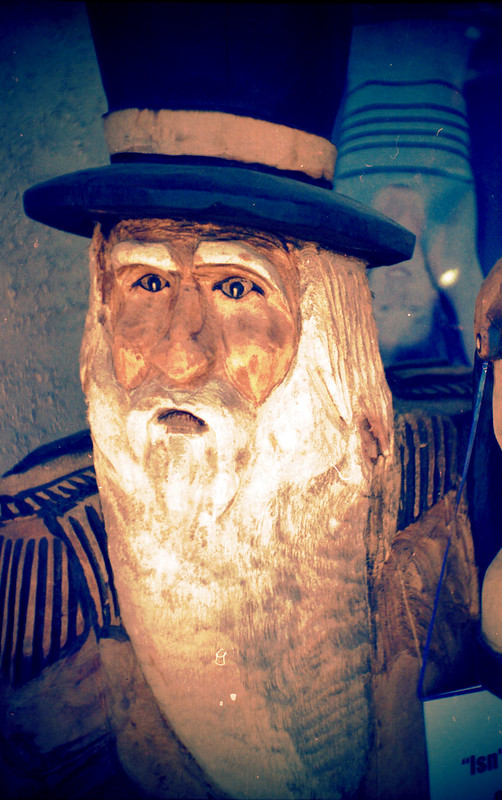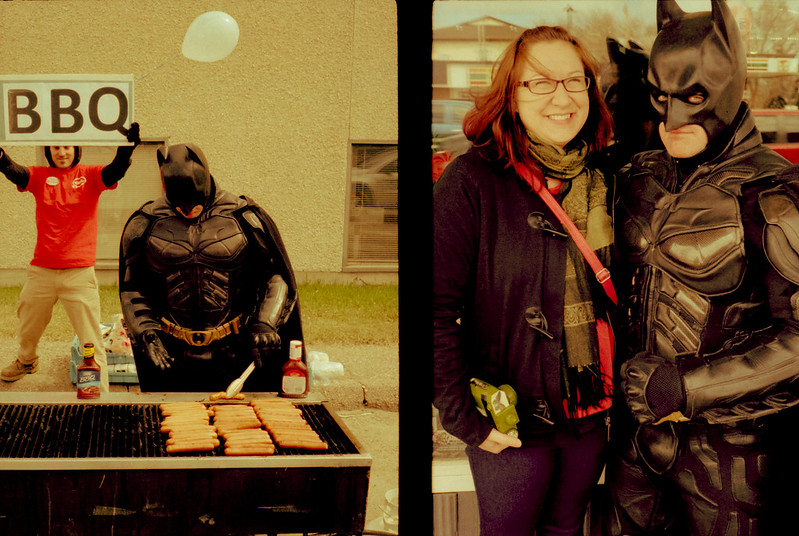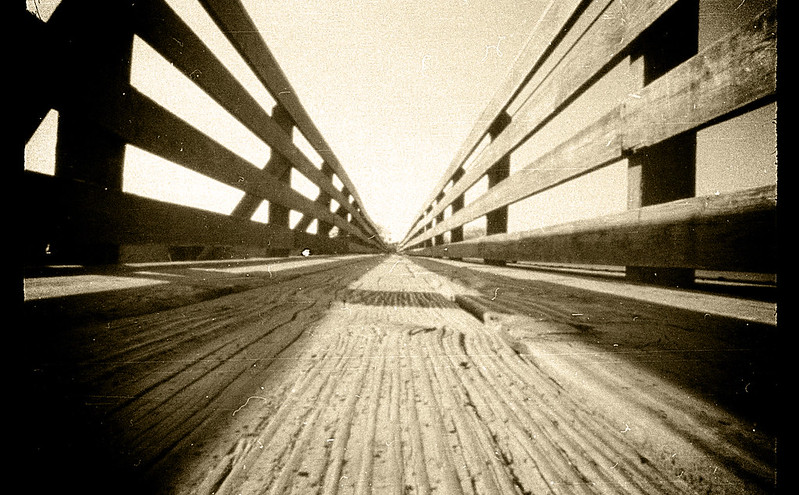"Light makes photography. Embrace light. Admire it. Love it. But above all, know light. Know it for all you are worth, and you will know the key to photography." ~George Eastman Kodak
"And if I were asked to choose one word which holds the key to my work I would select ‘light’ – for light is my language, and it is international, readily understood by any person of any race." ~Yousuf Karsh
I apologize in advance but this post is going to stray from photography just a little bit. George Eastman was wrong, not only will you know the key to photography but you will know the key to representational art. Yousuf Karsh an amazing portrait photographer understood this too and took to using stage lighting equipment to artificially light his subjects.
A few years back I picked up a better graphics tablet, an Intuos 4, my old Wacom Saphire was very old and I rarely used it at all except for the odd photo-retouching when I had tricky masking to do. I never used the graphics tablet to draw. I picked up the Intuos mainly because it had the buttons on it and I need to hit "undo" A LOT :)
"And if I were asked to choose one word which holds the key to my work I would select ‘light’ – for light is my language, and it is international, readily understood by any person of any race." ~Yousuf Karsh
I apologize in advance but this post is going to stray from photography just a little bit. George Eastman was wrong, not only will you know the key to photography but you will know the key to representational art. Yousuf Karsh an amazing portrait photographer understood this too and took to using stage lighting equipment to artificially light his subjects.
A few years back I picked up a better graphics tablet, an Intuos 4, my old Wacom Saphire was very old and I rarely used it at all except for the odd photo-retouching when I had tricky masking to do. I never used the graphics tablet to draw. I picked up the Intuos mainly because it had the buttons on it and I need to hit "undo" A LOT :)
Soon after getting the tablet I decided to try drawing with it because at this level of tablet not only did it have pressure sensitivity but also tilt and rotation. I grabbed one of the photos I had taken to use as reference and before I knew it I had a half decent sketch from it. This really surprised me because the last time I'd attempted a portrait or really any "traditional" drawing was in high school and the results were not very good.
Not exceptional but way better than I honestly expected, I actually kept looking at it thinking "where did that come from?". After thinking about it I realized that from years of doing photography, learning lighting, doing retouching, I'd come to understand form and light much better.
Since then I've been getting into drawing and painting, it's fun in the way photography used to be "more" fun when everything was new and there was so much to learn. Don't get me wrong, I still love photography and I am still learning everyday with that, but I reached a professional level with photography, with drawing and painting it's pure hobby at this point and I'm not doing it for money. As I've been getting more into it I've moved away from the Intuos line and up to the Cintiq (which I mentally justified as also being for my photography too :), I may do a post all about those later, they may be pricey but they are so worth it!
Ok back on topic, another aspect in common between photography and drawing/painting is composition. I like to think I have a good eye when it comes to photography and some of that makes it through to drawing, but not always. I'm finding myself doing a drawing and then in the end cropping it, cropping away parts that took a decent amount of time to make! It is reminding me of when I first started doing photography, I'd wind up cropping a lot in the edit suite, I made a point to get better at that and do as much "in camera" as possible so as not to waste image resolution. Same principles here except instead of wasting resolution (which you are if it's raster digital artwork) you are wasting time instead. If you're working with traditional media like a canvas I doubt artists start out doing a 3x4 foot canvas only to crop it down later to a 2x3 :)
One program I've been using a lot recently is called Mischief (www.madewithmischief.com), it's not super complicated like say Corel Painter, which is also a great program but you can spend hours or days in the menus tweaking brushes. No Mischief is almost beautifully simple and lets you focus more on the drawing. It's also an anomaly, it is some crazy hybrid between raster and vector so it has an infinite canvas. You could for example draw a portrait, zoom into the white reflection on the eyeball and then draw a whole new scene. I'm not affiliated with the makers at all, just a happy customer.
Here's some other work I've done, Mischief allows you to playback brushstrokes so I've done some timelapse videos as well.
I'll leave off by saying this, if you're a photographer and you haven't ever drawn or painted, you might want to try it or try it again if it's been years because who knows what your brain has absorbed during all those hours behind the lens :)
































![[Group 10]-IMG_3234_IMG_3266-33 images 24x36 w vignette colour edit](https://farm6.staticflickr.com/5582/14776851306_6417acc923_c.jpg)
![[Group 8]-IMG_5859_IMG_5904-46 images_0000 EDIT](https://farm8.staticflickr.com/7309/9499398511_17990b6977_c.jpg)
![[Group 0]-IMG_5631_IMG_5676-46 images_0000 EDIT](https://farm3.staticflickr.com/2890/9499663375_367af3b0c2_c.jpg)
![[Group 2]-IMG_5682_IMG_5696-15 images_0000 EDIT](https://farm4.staticflickr.com/3697/9502367732_c24e3eb53e_c.jpg)
![[Group 5]-IMG_3151_IMG_3174-24 images 12x36](https://farm3.staticflickr.com/2903/14612922499_fb7c70503e_c.jpg)
![[Group 35]-IMG_6386_IMG_6400-15 images_0000 EDIT LOMO No Vignette](https://farm6.staticflickr.com/5456/9498779087_113144b957_c.jpg)

![[Group 21]-IMG_6162_IMG_6182-21 images_0000 EDIT Pano](https://farm4.staticflickr.com/3730/9501992154_f11cb35d88_c.jpg)
![[Group 24]-IMG_6207_IMG_6231-25 images_0000 EDIT LOMO](https://farm6.staticflickr.com/5540/9499119905_58e662faf6_c.jpg)
![[Group 27]-IMG_6251_IMG_6258-8 images_0000 EDIT](https://farm8.staticflickr.com/7431/9498967769_eacfca9f7e_c.jpg)

![[Group 37]-IMG_6403_IMG_6406-36 images_0000 EDIT](https://farm6.staticflickr.com/5330/9501522684_495ae80231_c.jpg)